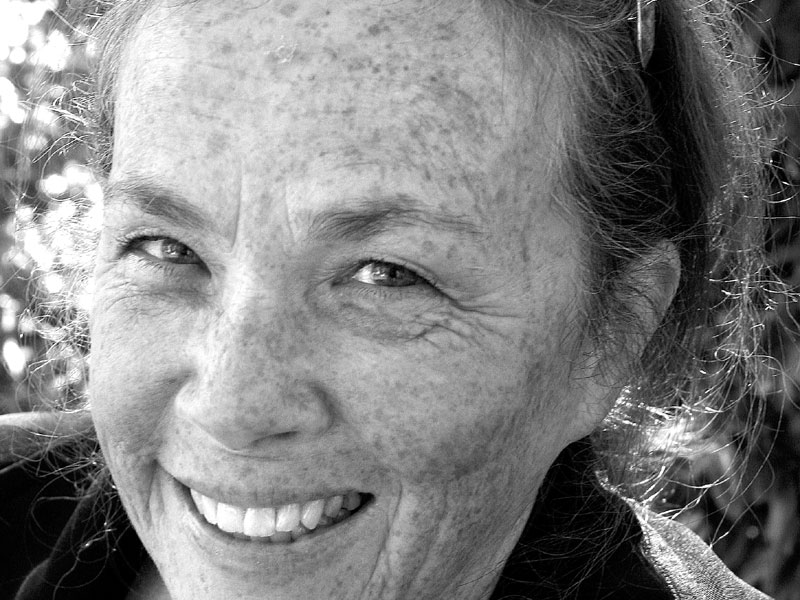Columnists
The good old days

Where are the “good old days”? Life is a struggle for just about everyone. We’re living next door to a country run by an misogynistic, racist, ignorant, bigot. Our planet is getting warmer by the second. We snipe at each other on social media over our ideologies and we make it all worse by pining for what we believe were “the good old days”. If you know me, and I do believe some of you truly think you do, you know I don’t believe in “the good old days”. What I do believe in is what we can learn from those olden days.
When I was a kid, the fifties were supposed to be the good old days. I remember when my mom switched her allegiance from “good old” waxed paper to cling-film. She wasn’t impressed at all, and rarely relied upon anything as wasteful as a single-use product. She was a reluctant adapter. Until her final days of food preparations for her family, she refused to be too dependent upon a single-use product, like cling film or “baggies”. It might have been economics, it might have been her environmental smarts. You never really knew what was going on in her head. Whatever her reason, she often said she preferred to use things that could be used more than once. In those good old days, Mom believed in reuse and composting and recycling. I think, if she and my dad had been born 50 years later, they would have built an energy-efficient house of epic proportions. A wind turbine and a solar panel or two would have been installed on their property. There most definitely would have been a grey water recovery system and the garden would have been at least four times the size it was.
As children, the Durning kids ate meatless meals at least twice each week. Vegetables accounted for two-thirds of what was on our plates, and my parents were into bulk shopping at farms and markets. Food preservation was the name of the game at our house, when the whole world was revelling in ready-to-serve and processed foods. Whatever was leftover from one meal found its way into another meal or was fed to the dog or composted for the garden. As kids, we were fairly involved in the farm market to table process, one way or another. We were no strangers to the St. Lawrence Market or the British Fruit Market. I suppose most of what we ate could be labelled “organic” by today’s standards. Don’t get me wrong, we weren’t living in a “Little House on the Prairie,” but all hell could break loose if you left a light on when you weren’t in the room or let a tap run while you were brushing your teeth or flushed “yellow” when you could have let it “mellow”.
I think the “good old days” we pine for were the days when we consumed less, wasted less and enjoyed life more. It wasn’t about riding around in the back of a pickup truck. We had fun at a park, we fell down and skinned our knees, got blisters from the monkey bars and didn’t need to take a dozen photos to show our friends because our friends and our friends’ parents were usually right there, in the park. In the good old days we had our share of worries. If you were a kid in the fifties and sixties “good old days” you lived with the Cuban Missile Crisis, the threat of a nuclear bombs and did air-raid drills at school. Some of your friends had bombshelters in their yards.
The good old days weren’t that good, and the saying “everything old is new again” could apply to some facets of our lives. We could be a whole lot better at consuming less and wasting less. We need to spend more time talking about what’s going on in the world, but we need to do that face-to-face. We don’t have to avoid talking about politics just because we can’t handle the heat. Learning how to do the research, to have the discussion, to vote effectively, is something we shouldn’t shy away from doing. Sharing a point of view and hearing others’ ideas is a good thing. It builds strong communities when we’re involved on all levels. We can make these days “the good old days” if we weren’t afraid of the bumpy ride ahead.
a

Comments (0)